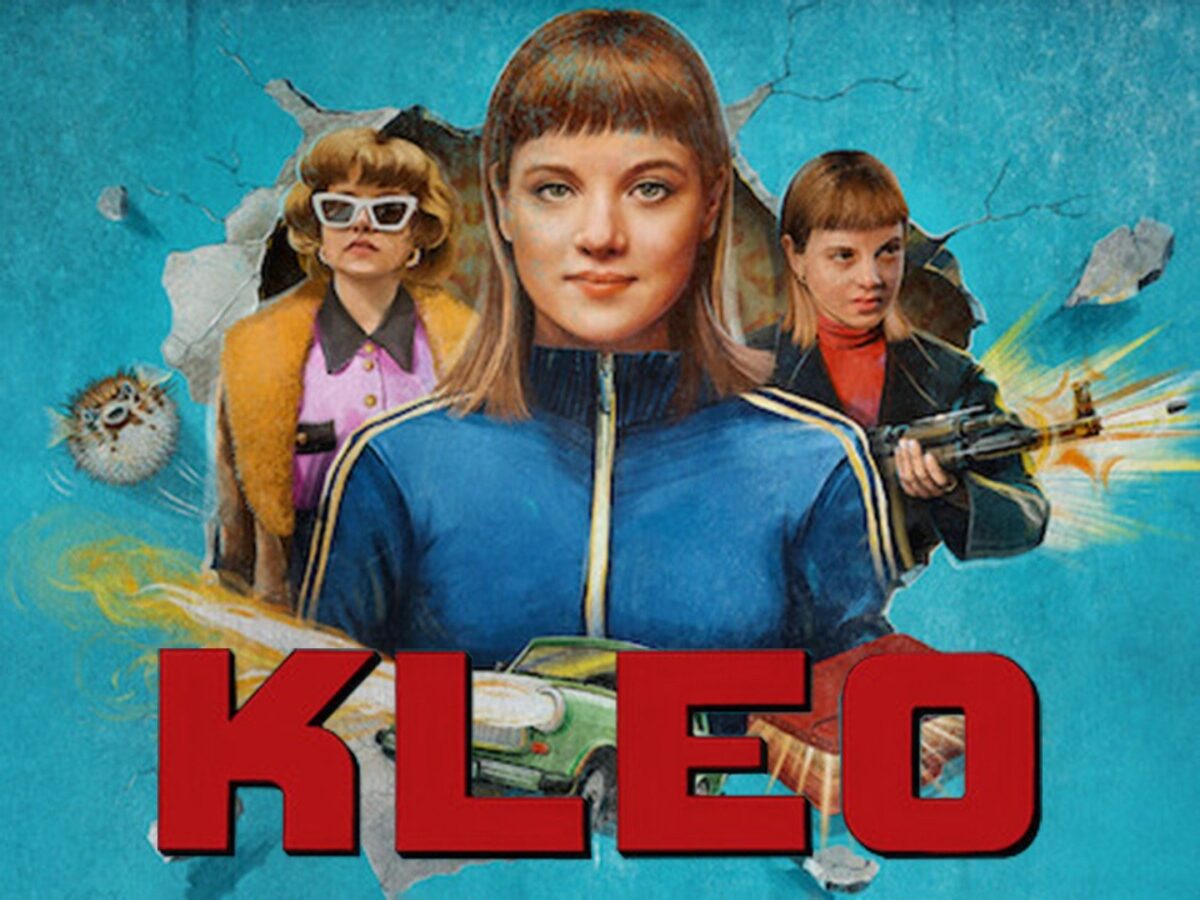As everyone knows, one of the best features of OTT platforms is variety of content. And it’s not just that the topics are different, many a times you are exposed to writers, actors, and directors you have never heard of. You have no pre-conceived notions about them. You start with a clean slate. When you watch such diverse content, you realise how different this content is from what you are used to watching.
Here’s an example. There have been so many great thriller movies about the CIA that I don’t even need the clickity-clakity in bottom-left corner of the opening shot telling me ‘Langley, Virginia.’ I know the building. In contrast, the only movie that I have seen about the Stasi was The Girl with the Dragon Tattoo. So when OTT shows me stories about the Stasi, I am intrigued.
Even the way these stories are presented sometimes makes you pause and think. For instance, it has been a general practice to show locations in South America, Africa or Asia with a yellow filter. So many movies have done it that it has become sort of unwritten rule. Even my favourite show Breaking Bad did it! Such amazing cinematography where you see clear blue sky in New Mexico desert but as soon as you cross the border and enter Mexico, the sky turns yellow. It’s unfortunate because the contrast of blue sky with hot, yellow desert looks amazing on screen. It’s such a delight to watch unfiltered deserts in Spielberg’s Raiders of the Lost Ark or David Lean’s Lawrence of Arabia.
The Italy that you see in Paolo Sorrentino’s movies is unique. He shows you the alleys and backstreets of Rome or Naples that you otherwise would never get to see. This is also true about the China or Taiwan that you see in Ang Lee’s movies. I would love to see the deserts and wildlife of the African continent through the lenses of African directors.
Kleo takes place in East Berlin at a time when the Berlin Wall came down. Directed by Vivianne Andereggen who is Swedish and Jano Ben Chaabane who is German, it is devoid of all the clichés mentioned above. It’s such an fun and exhilarating ride that you are forced to binge watch it and are left wanting more.
Kleo (Jella Haase) is an undercover assassin for the Stasi in East Berlin. She crosses the wall through underground tunnel to West Berlin to carry out assassinations. After a successful operation, Kleo’s real identity becomes known to the West German authorities. Rather than risk exposure, the Stasi implicate Kleo under false charges and she is sent to jail. In four years, the Berlin Wall comes down and all prisoners are given pardon. Kleo is free. Her aim is to take revenge against those who were responsible for her false imprisonment.
The series starts on a grim note. The first episode is the harshest. With my previous experience with Gloria that was also about Eastern Europe, I thought I was in for a grim ride. However, about halfway through the series, the tone changes and it has more and more light hearted moments. Not sure what the cause behind this change is.
A simple litmus test of how realistic a movie or a TV show would be to observe how long the actors carry their injuries. In The Godfather, Francis Ford Coppola made Al Pacino wear a real wire on his jaw after he gets punched by McCluskey. In Kleo, Kleo gets shot on the shoulder and a few scenes later, there is no sign of injury. That’s when I knew that this series is more on the fun side.
The grim parts of the series have been influenced by Tarantino’s Kill Bill series. In fact, the premise of these two works is similar but the treatment is very different. Here’s an example. In one episode, Kleo and Sven (Dimitrij Schaad) are following Anja (Marta Sroka) in a high speed car chase. Anja is nine months pregnant and about to pop. Both cars crash and… what happens next made my jaw drop. Anja starts having contractions and Kleo and Sven help Anja deliver the baby! The baby is born healthy and Kleo and Sven leave Anja and the baby and go their way. Incredible!
Kleo’s character is clearly inspired by the Bride in Kill Bill; a fact underlined by the yellow dress Kleo wears in later episodes. Kleo is also very resourceful. Being trained as a Stasi agent, she knows all the tricks of the spy trade, from making poison at home to rigging garages with firebombs. Her talents are put to best use by a plot that is fast moving with many twists and turns.
One of the poignant moments in the show is when Kleo is released from prison. She watches in disbelief as people cross to West Berlin freely without anyone stopping them. Coincidentally, the National Geographic newsletter this week sent a link to an article originally published in 1961. Four months after the Berlin Wall was built, the article is a reportage with harrowing first accounts of people trying to escape to the west, along with photographs that paint a chilling picture.
I watched that scene in Kleo again, after reading the article.
SCENE 1
Wide shot of the Colosseum. Camera pans over the street. A girl eating ice-cream in front of a shop that says Gelataria, camera pauses for a moment on her handbag, showing the label of Gucci. A couple sitting on a parked Vespa scooter outside a Pizzeria, eating slices of pizza, the boy wearing a t-shirt of A. C. Milan. An old man is sitting outside a Trattoria, drinking wine from a bottle of Chianti Classico, a boy with him eating a slice of Tiramisu. Sounds of Pavarotti singing in background.
Clickity-Clakity : Present day, at an undisclosed location in Southern Europe.


